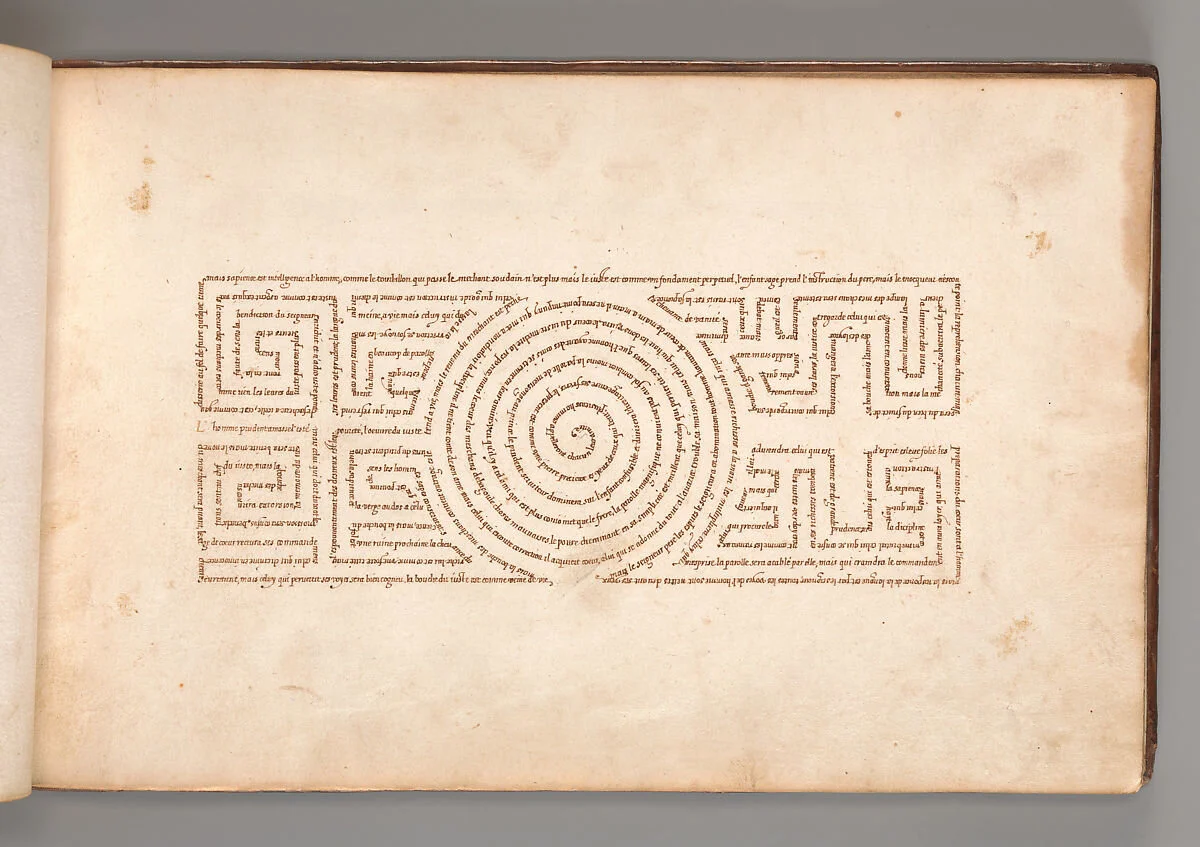TIME
an abstract four (4) dimensional concept
Time
Time is an abstract four (4) dimensional concept.
Chronology is a system for measuring time. Cultural systems for time are derived from a direct purpose or need. These systems are often created from a perception of importance within a society.
Tracking the earth, sun, or moon may have been for a harvest. While measuring hours and minutes on a clock may be for urban coordination.
All At Once
Time in two dimensional works of art is static. Unlike music, film or theater which require a duration of time to experience the work, we see and experience a painting or a sculpture all at once. They are crystalized in time.
Now, imagine if your favorite movie or song were condensed into one second. What would it look like? Or what would it sound like?
Click the link below to learn more about the artists who work with time as a subject in their art.
Linear VS. Circular Time
Linear Time
In the concept of linear time there is a beginning (the past), and the end (the future). Inbetween the two is the present moment. The present moment is always moving forward to the future.
Circular Time
Circular or cyclical time repeats a process - similar to the seasons, the cycles of weather or the movement of the planets around the sun. These ideas can create infinite or continuous outcomes.
perceiving time
Chronos
Chronology is deemed ‘an arrangement (of events) in order of occurrence’ and can be a major component in time-based media, such as film or video. The order of events determines the meaning and interpretation of the work.
The word Cronus comes from the Greek god of agricultural time, and was named Saturn in the Roman culture.
When we combine these concepts, we see that the connections between time, crops, planets and naming days of the week, such as Saturday, are still relevant.
Relativity
Physicist Albert Einstein’s general and special Theories of Relativity published 1905-15, suggest that ‘time is relative, rather than absolute,’ and what we perceive as the ‘force of gravity arises from the curvature of space and time.’
Therefore, as physicists consider the idea that the perception of time changes relative to the position of the one experiencing time’s passage, so may artists experiment with and question our relationship with time through their work.
Astronomy
The Mayans, (Mexico, Guatemala, Honduras, El Salvador) measure time in 3 calendars. The Tzolkin, a ritual calendar, divides a year into 13 months of 20 days and a passage of 105 days, for harvest cycles. The Haab is secular, based on solar flares or eclipses and lunar movement. The Long Form calendar came to an end of cycle on December 21, 2012… and then started over.
The Dresden Codex is a Mayan document housed in Germany. It depicts visual calculations for phases of planet Venus, eclipses of the sun and moon and more.
MEASURING TIME
Event
Perception of time has been connected to events of growing or harvesting crops over the history of humankind, referencing progress to the event itself.
Words like ‘when?’ are derived from our need to orient ourselves and our circumstances in time and space, without the use of a clock or measure.
When will the food be ready? When will the baby be born? When will the pumpkins be ripe?
When it is time…
Clock
During the Industrial Revolution in Europe, beginning in 1760, measuring time accurately was tied to efficiency in producing goods and services. Accurate clocks would synchronize populations for hard work in factories ‘around the clock.’
As industry would grow, so would the reliance on numerical systems of measuring time.
TIME-BASED MEDIA
Modes
Time based media can be experienced in a variety of ways, in many ‘modes.’
Theater is experienced, music is played, dance is moved, a story is told, and film and video are edited.
How others perceive in time and space is important to be considered when an artist is working with time as a creative element.
The Wheel of Law (Dharmachakra), from a Set of Initiation Cards (Tsakali). ce. 1299–1499. Ink and watercolor on paper. Tibet. Art Institute Chicago.
Hiroshi Sugimoto. Akron Civic Theatre, Akron, Ohio. ce. 1980. Gelatin silver print. Japan. Art Institute Chicago.
Anonymous French or Flemish. Micrographic Design in the Shape of a Labyrinth. early 17th century. Pen and black and brown ink. French or Flemish. The Metropolitan Museum of Art.
Chronology. https://www.merriam-webster.com/dictionary/chronology
Saturn. https://www.britannica.com/topic/Saturn-god
Saturn, planet. NASA/JPL-Caltech/Space Science Institute, Cassini’s view from orbit around Saturn on Jan. 2, 2010. https://solarsystem.nasa.gov/resources/17845/saturn-planet-six/
Relativity. Einstein, Albert, The Theory of General (and Special) Relativity. Sec. V, 1920.
Relativity. http://www.keckobservatory.org/ghez-einstein/
Spiral Swirls. Apophysis fractal program. SongSing imagist. 2008. Flickr. CC=
Ifrah, Georges. The Universal History of Numbers. 1998, p.312. The Mayan Calendar.
The Dresden Codex. Mayan. Mexico, Central America.1200-1250 AD. Saxon State, University Library. Dresden, Germany.
Industrial Revolution. https://www.britannica.com/event/Industrial-Revolution










